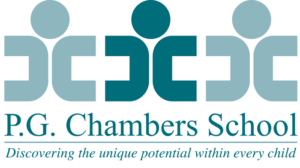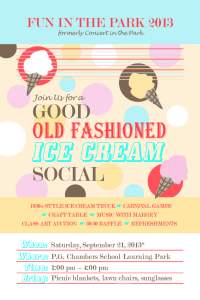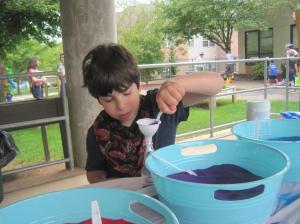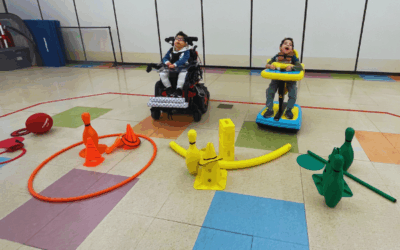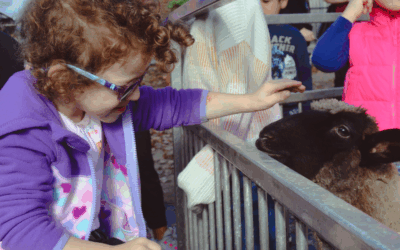How sweet it is!
On a beautiful September afternoon, the P.G. Chambers School Learning Park was the place for Fun in the Park, A Good Old Fashioned Ice Cream Social. Lead by purveyors of fun and school parents, Tiffany Srnensky, Laura Wagner, and Shawn Wilson, guests enjoyed sweet confections and selections from an old fashioned ice cream truck.
The parent co-chairs, with the support of the Development Department, volunteered their time and worked for many months planning a fun social experience for PGCS students that would maximize their participation in and enjoyment of all of the day’s activities – regardless of age or ability level. Staff, community, and school friends volunteered to assist with the games including a ring toss, knock down the pins, and silly hat photos to name a few. The beautiful signs and invitations were graciously designed by parent, Karen Bellas.
A barbershop quartet strolled through the Learning Park and entertained guests with their oldie but goody talents. Co-chair, Shawn Wilson shared, “I was especially thrilled with how great the Quartet was and how engaged they were with the children and families. We wanted to keep the experience of live music in the day and they hit the perfect note.”
Co-chairs, Laura Wagner and Tiffany Srnensky, expressed “A big thank you to ALL the staff and volunteers who helped make the day a success.”
